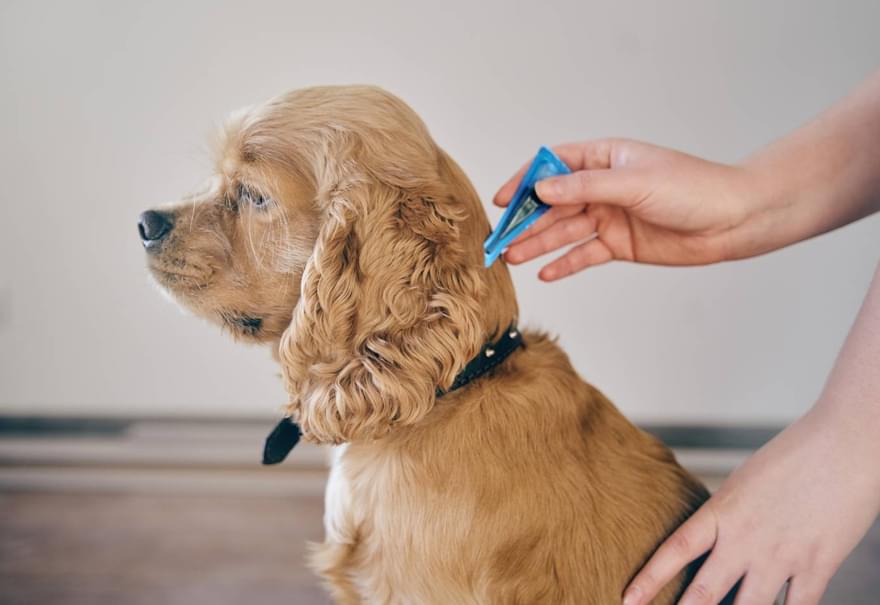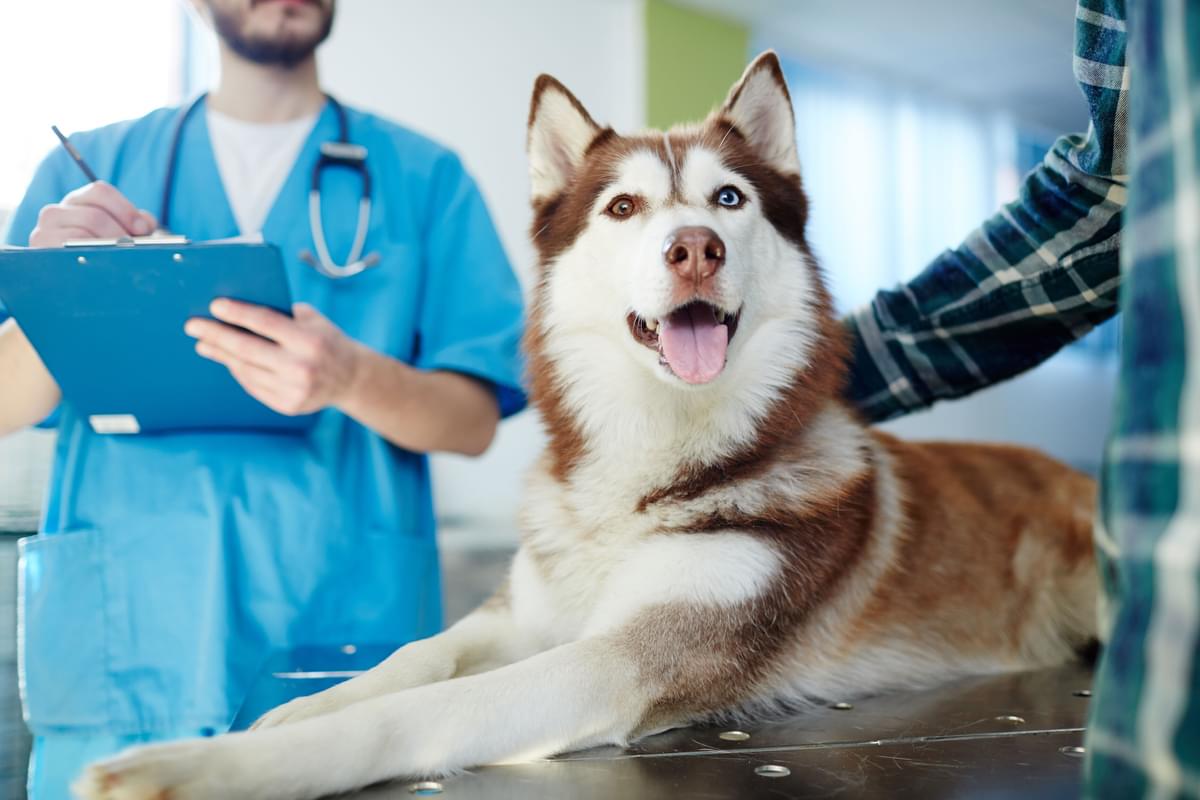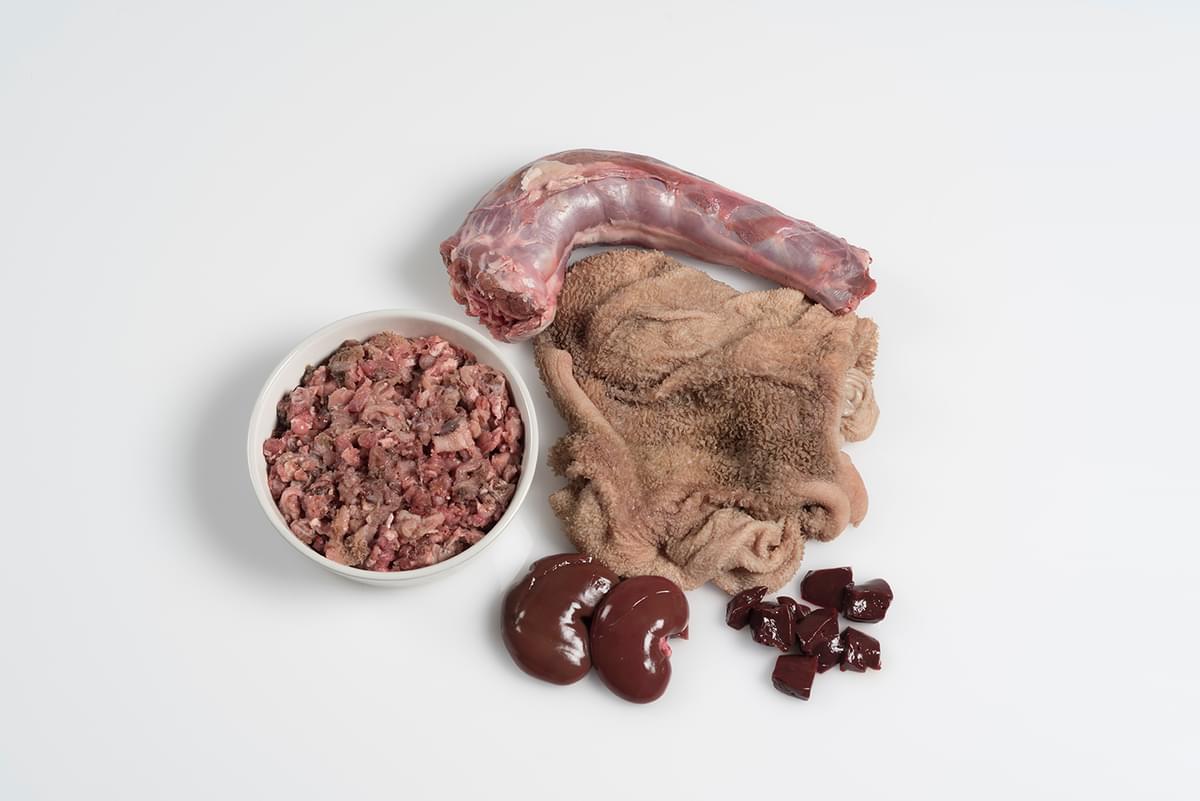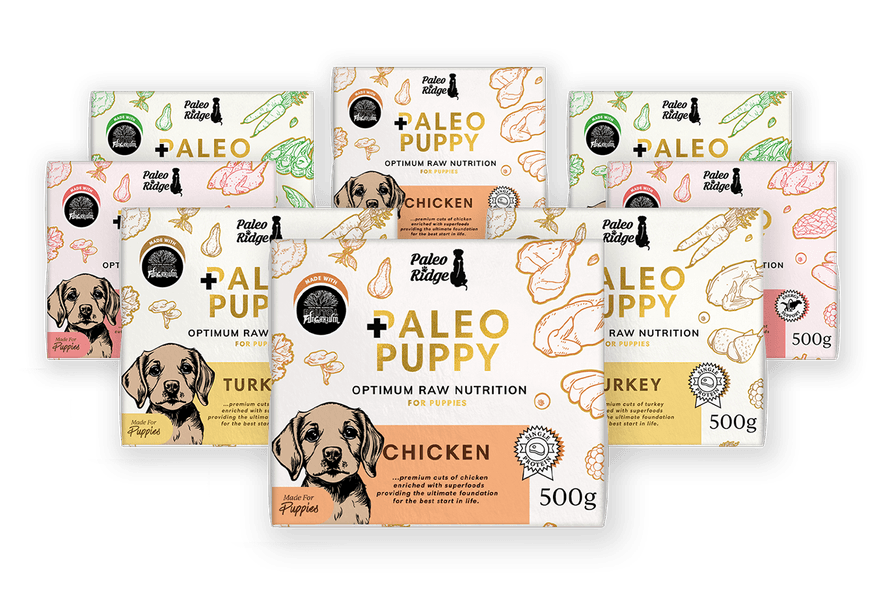Before we begin, we must correct the terminology. Most vets (and thus pet owners) in this situation use the word “allergies” when describing the dog's condition but I assure you, for the vast number of “allergy” dogs in this situation, what you are seeing is not a true allergy but something else. And I can prove it.
Think of a man on his hands and knees gasping for breath after eating a peanut. That is anaphylactic shock. That is a true allergy. Whilst not all allergy reactions are that serious (some develop a flaming skin rash with or without a difficulty breathing, digestive issues are a near certainty if food related), most are sudden and quite dramatic. They result from a genetic mishap in the individual and bar immunotherapy (very hit and miss and not recommended) there is nothing much you can do about them. Thankfully, true allergic reaction, certainly to food, is rare in the general population, affecting between 1-3% of both the human and dog population.
However, a true allergy is but one type of sensitivity. There are others, intolerance being among them. While we are still today feeling our way along with this one, we know the symptoms, certainly if food related, can be very similar, only it's not as dramatic. It’s slower to act, more chronic, building over time. It creeps in under the radar. However, over time food intolerance is just as destructive long term and it’s very likely why you’re here today.
The problem we have is that food intolerances commonly go undiagnosed. To that extent, they cook away beneath the surface, disrupting the gut and ultimately creating huge amounts of inflammation which can present in a myriad of ways on the surface – recurring skin, ear and gut conditions (like true allergies, just perhaps not as severe) and even behavioural problems. Left unchecked, this can hammer an immune system, rendering it hyper-responsive to issues in the future – such as the bite of lowly flea, or the inhalation of a simple pollen or dust mite.
A key difference between the two is that food intolerances are nothing to do with genetics. They are a physical issue. They are created (a nasty infection can do it, as can a chemical insult but the most likely reason is a ruined gut). The good news is that, unlike allergies, if the pop up for a reason then you can (hopefully) put them back in the box. Studies show that's exactly what's happening








